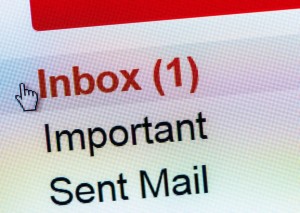A survey at Bowling Green State University shows that its students tend to read and respond to emails from their professors, but ignore emails from advisors and academic departments. It suggests that the ignored emailers should consider adopting or adding other channels to communicate important information to students, such as social media or texts.
 I disagree.
I disagree.
Advisors and department chairs establish rules of communication with students, not the other way around, and email is a perfectly acceptable channel.
Of course a one-email-and-done approach to sharing critical information about academic standing or graduation requirements, isn’t appropriate. It’s easy for anyone to miss an email in the daily avalanche of digital information.
Some students may need a reminder or three. And, of course, truly vital information deserves an old-fashioned conversation.
Students’ failure to read email, however, isn’t faculty’s problem. It’s students’ responsibility to attend class, do laundry, call Mom – and pay attention to email if that’s what advisors and others have established as the mode of communication.
Colleges prepare students for what’s next, which includes learning how to work with others and within different communications channels. It makes sense for admissions recruiters to “go where the kids are” with social media and text messages, but students working to earn degrees need to meet faculty where they are.
Consider it a valuable learning experience. After all, there’s no faster way to the exit than ignoring email in the “real world.”
